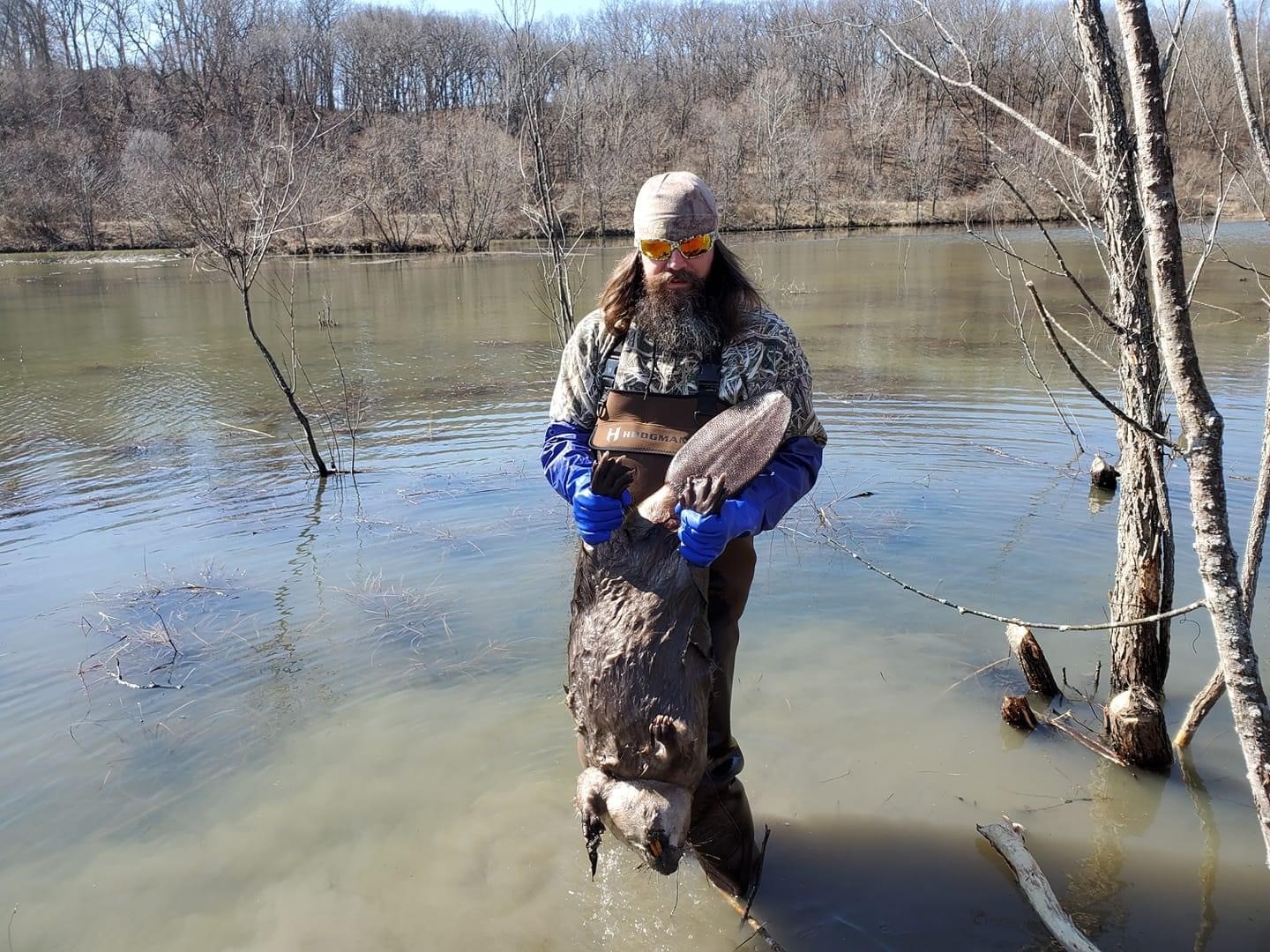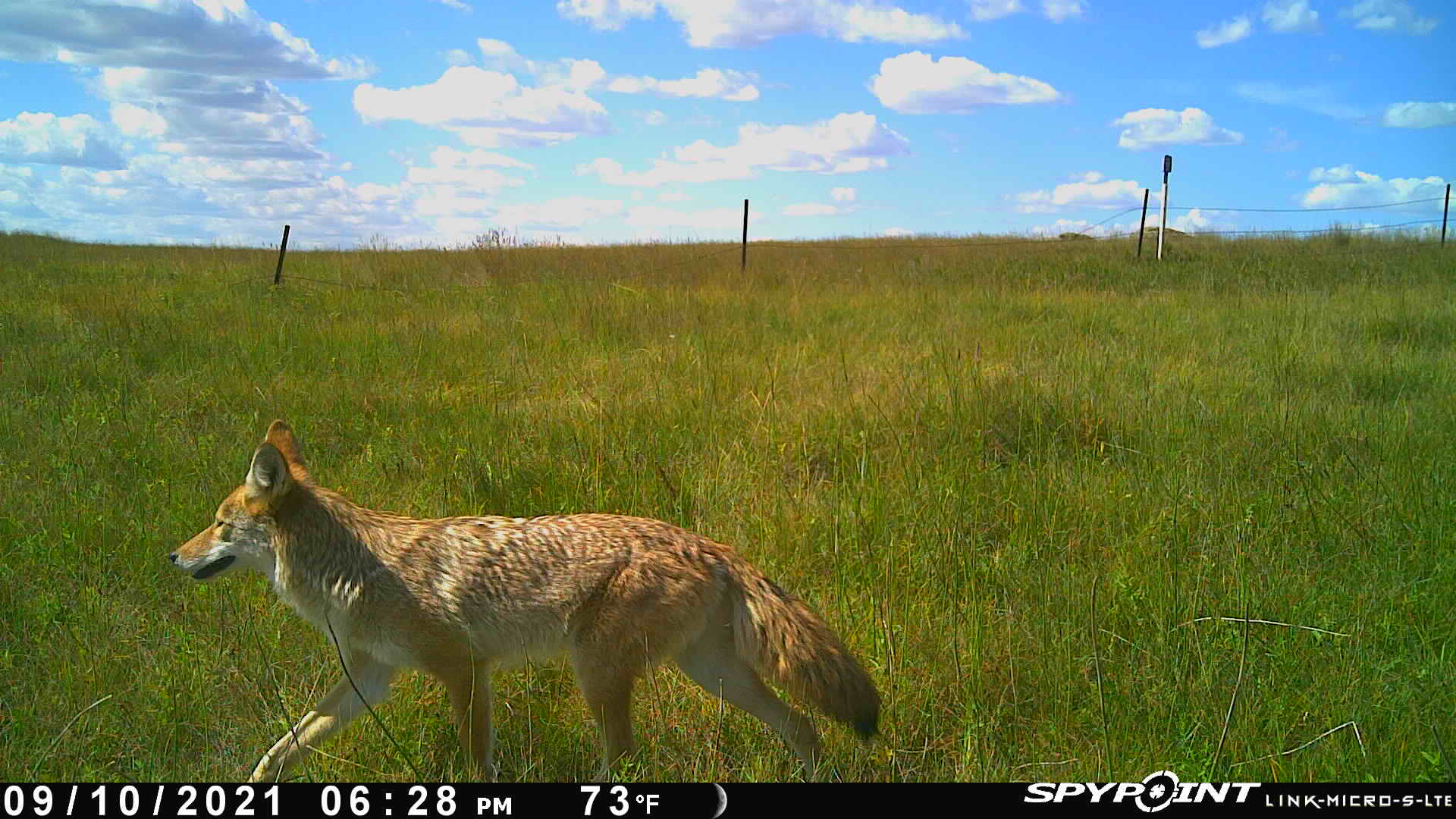
The answer is a resounding yes, and here are 10 reasons why.
Some hunters say that cellular trail cameras can make someone a better trapper. They believe these offer numerous advantages when determining the effectiveness of their trap lines, as well as themselves as a trapper. Here are reasons and ways why the answer to this question is a resounding “yes.”
1. Taking Pre-Season Inventory
Like hunters, trappers put the well-being of the resource ahead of their own goals. Taking pre-season inventory of furbearer populations by way of cellular trail camera is a very efficient way to do this.
2. Setting Pre-Harvest Goals
Once a pre-season inventory is taken, trappers can then set a pre-harvest goal for the properties they trap on. This will help them to trap responsibly, and not over-trap any given location.
3. Monitoring Out-of-the-Way Trap Sets Along the Line
Have solo traps set well away from the primary trap line? While it’s important to check state and local regulations, you might be able to check some of your traps via a cellular trail camera that gives you the option to trigger a live view. Of course, contact your local game warden to ensure this is a legal method of checking them, as most state require daily checks.
4. Having a Second Means of Checking All Traps
While it rarely happens, traps don’t always operate efficiently, and animals aren’t properly trapped. Other times, you might have an important catch, such as a large bobcat, coyote, etc., and want to skip ahead and attend to that trap first. In either instance, it’s good to have a cellular trail camera in place so that you can attend to more pressing matters first.
5. Analyzing Furbearer Habits and Patterns
Trappers are constantly learning new things. Being able to analyze furbearer habits and patterns makes trappers better at their craft. One of the best ways to do that is to learn how predators and furbearers traverse a property. The best tool? A cellular trail camera.
6. Observing Furbearer Trap Interaction
Furbearers are savvy. Leaving scent behind, and making traps apparent, can ruin a trap line’s effectiveness. Positioning cellular cameras over traps can help trappers observe how animals interact with their traps, and therefore, learn how to improve these.
7. Learning in Order to Improve Efficiency
In addition to interaction with traps, cellular cameras can also show you other adjustments that are needed, such as if targets are slightly bypassing the trap, or if other things are preventing successful triggers.
8. Checking Trap Equipment Operability
Have a trap that keeps malfunctioning? Using a cellular trail camera can show you exactly what’s happening when it misses the target.
9. Reassuring a Presence of Humaneness
While modern — and even most historical trap designs — are humane, using a trail camera can show you just how humane this method truly is.
10. Taking Post-Season Inventory
Once trapping season is over, use your cellular trail cameras to take a post-harvest survey, which can help in making decisions the following season.
Article by Josh Honeycutt
To learn more about trapping catch last January's episode of Building Whitetails-----> https://youtu.be/He7aNGmSfug



